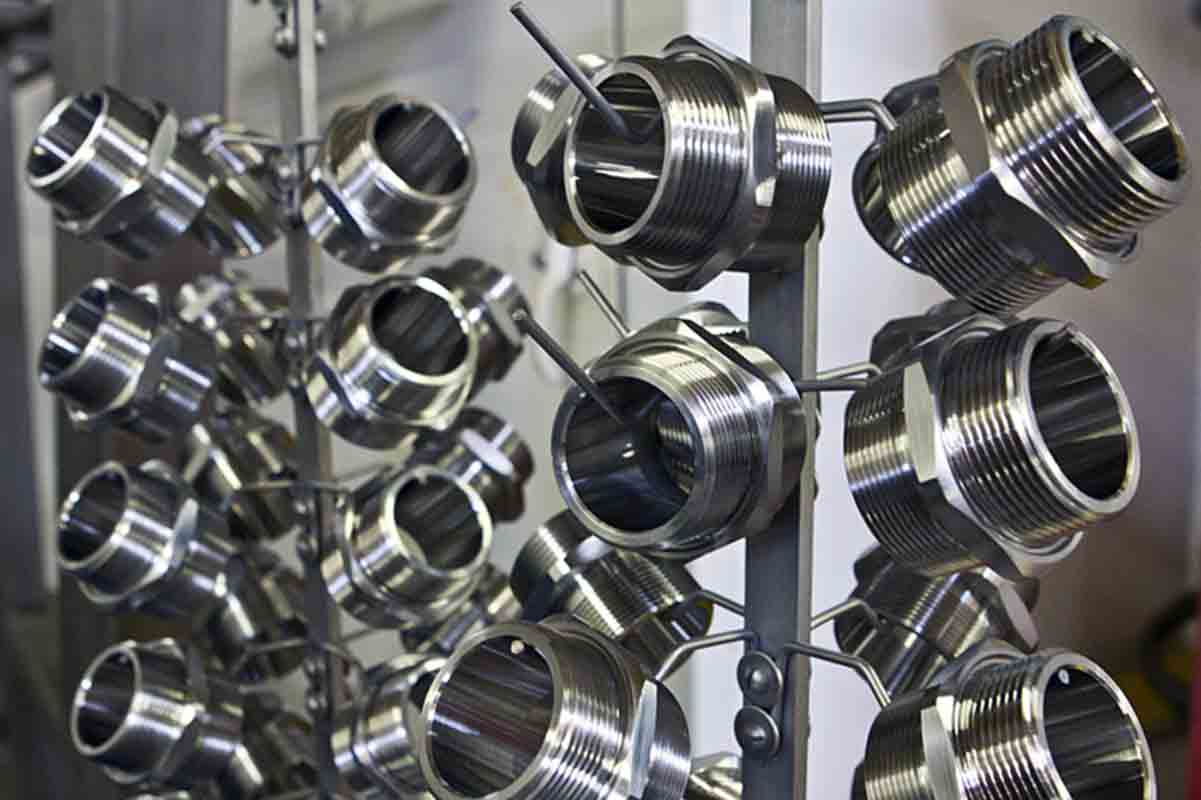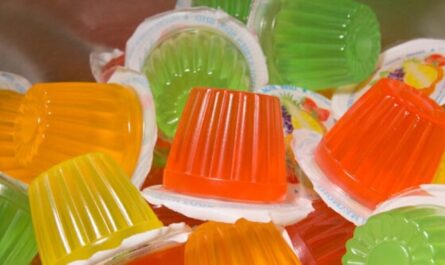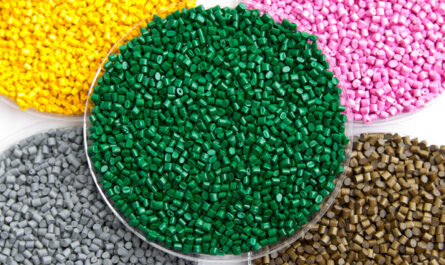What is Trivalent Chromium Finishing?
Trivalent chromium finishing, also known as chromium III coating or CrIII finishing, is an electroplating process that deposits a thin layer of chromium on metal surfaces. Unlike traditional chromium plating which uses hexavalent chromium (CrVI), trivalent chromium finishing utilizes trivalent chromium (CrIII) as the plating material. CrIII is less toxic and poses fewer hazards compared to CrVI.
History of Chromium Plating
Chromium plating was traditionally done using CrVI due to its excellent corrosion resistance and hard wear properties. However, CrVI is a known carcinogen and poses serious environmental and health risks. In the 1990s, stricter environmental regulations were imposed to reduce the usage of CrVI in industrial processes. This prompted research into developing CrIII as an alternative plating method. CrIII offered comparable protective properties without the toxicity of CrVI. Trivalent chromium finishing was commercially introduced in the early 2000s as a more environmentally friendly substitute.
Process Overview
The Trivalent Chromium Finishing process involves electrochemically depositing a thin layer of CrIII onto metal substrates from an aqueous solution. Similar to traditional chromium plating, it is conducted in multi-tank plating lines with specific treatments performed in each tank. Major steps include:
• Pretreatment – The metal part undergoes cleaning and activation processes to prepare the surface for plating. This includes alkaline cleaning, rinsing and acid activation.
• Plating – The activated part enters the plating tank containing a CrIII electrolyte solution. A direct current is applied to deposit the chromium coating through electrodeposition. Proprietary additives in the electrolyte help control plating characteristics.
• Post Treatment – The plated part undergoes rinse washing, sealing and colour sealing if required. It is then dried and ready to ship. Proper post treatments enhance plating performance.
Compared to CrVI plating, trivalent chromium finishing has a lower operating voltage and current density requirements. It produces uniform, dense and well-adhered chromium deposits similar to traditional plating in terms of thickness, hardness and appearance.
Advantages of Trivalent Chromium Finishing
The main attraction of trivalent chromium finishing is its superior environmental profile over traditional hexavalent chromium plating. Some key advantages include:
Non-Toxic, Less Hazardous Plating Material
CrIII is considerably less toxic than CrVI and does not pose carcinogenic risks even with prolonged exposure. It has replaced CrVI in many applications due to stringent safety regulations.
Improved Wastewater Treatment
Waste streams from CrIII plating can be treated using conventional biological processes. They do not require costly chromium reduction technologies needed for CrVI. This significantly lowers treatment and disposal costs.
Safer Operating Conditions
With minimal toxicity, CrIII plating tanks do not require special containment equipment. There is reduced risk of employee exposure and less stringent health and safety protocols are adequate.
Regulatory Compliance
CrIII plating conforms to numerous environmental mandates restricting CrVI usage. Products processed with trivalent chromium meet labeling requirements for reduced toxins.
Competitive Performance
When properly applied, trivalent chromium coatings provide corrosion protection, hardness, luster and wear resistance on par with or exceeding conventional chromium plating.
Applications
Trivalent chromium finishing has replace hexavalent chromium plating in many sectors due to its environmental and safety advantages. Some common applications include:
– Automotive components – Engine parts, brake systems, hydraulic cylinders benefit from the hardness and corrosion protection of CrIII platings.
– Appliances – Refrigerator and washing machine components, kitchen appliances utilize trivalent chromium for appearance and extended product life.
– Fasteners – Bolts, nuts and other industrial fasteners demand plating that withstands harsh operating conditions.
– Architectural hardware – Door handles, hinges, locks perform better with chromium’s wear and aesthetic properties.
– Military and aerospace – Crucial applications in aircraft, vehicles and weapons rely on trivalent chromium’s reliable barrier performance.
Trivalent chromium finishing has seen growing adoption rates across diverse manufacturing industries committed to reducing their toxic footprint. Proper process control ensures it matches chromium’s protective capabilities.
Hexavalent chromium plating is being phased out worldwide due to well-known environmental and health concerns. Trivalent chromium finishing has emerged as the leading non-toxic alternative, offering an electroplating process comparable in function yet safer for employees, facilities and the ecosystem. With optimized operating parameters, CrIII plating equals or exceeds CrVI in critical metrics like corrosion protection while eliminating associated environmental risks. It represents a commercially viable and ecologically responsible solution fulfilling stringent regulatory compliance.




